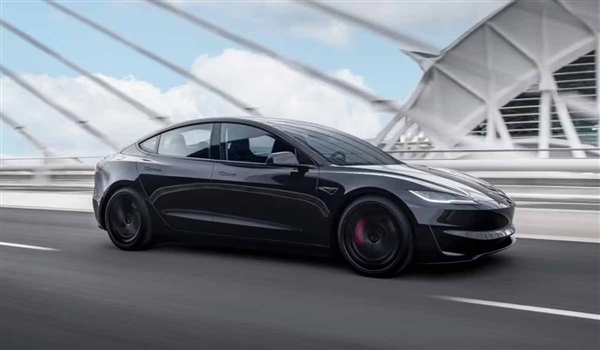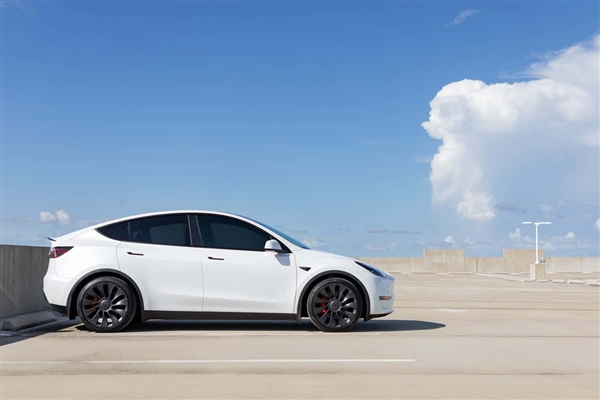August 15, 2024 – The Defect Investigations Office of the National Highway Traffic Safety Administration (NHTSA) has recently concluded its four-year probe into suspension failures in certain Tesla vehicles. This issue, known as the “whompy wheel” problem among Tesla owners, involved hundreds of reported front suspension malfunctions specifically affecting Model S sedans and Model X SUVs.
Despite Tesla’s previous service bulletins instructing the replacement of faulty components in some vehicles, the NHTSA emphasized that a broader range of vehicles equipped with problematic parts should be covered under service actions.

The investigation was initiated in November 2020, prompted by 43 reports of left and right front suspension tie rod failures in 2015-2017 Model S and 2016-2017 Model X electric vehicles. Notably, most incidents occurred during low-speed parking maneuvers, with only four cases reported during high-speed driving.
Tesla issued a service bulletin in 2017, recommending the replacement of front suspension tie rods if damaged or if a four-wheel alignment was needed. While Tesla eventually recalled some vehicles in China due to regulatory pressure, the company reportedly told U.S. regulators that the issues were caused by “driver abuse,” according to Reuters.
However, three years later, the NHTSA observed a rise in the frequency of Tesla’s suspension failures. In a letter to the automaker in December 2020, the agency highlighted that out of 53 identified cases, “41 incidents occurred in the past 18 months, with nine happening during driving and four on highways.”
During the investigation, the NHTSA identified a total of 426 reports of suspension failures in Model S or Model X vehicles due to front tie rod malfunctions. Specifically, the investigation pinpointed two part numbers as problematic. Fortunately, only one suspension failure resulted in a collision (minor), and even in eight cases where the failure occurred at speeds exceeding 40 miles per hour (64 kilometers per hour), the vehicles did not lose control.
Despite Tesla’s 2017 service bulletin, the NHTSA pointed out that the vehicle subpopulation covered by the bulletin (produced between January and May 2016) only accounted for 25% of the identified failures.
Since the suspension failures did not lead to vehicle instability, the NHTSA decided to close the investigation, advising Tesla to expand its service bulletin to cover any vehicles equipped with the two problematic front tie rod part numbers.












